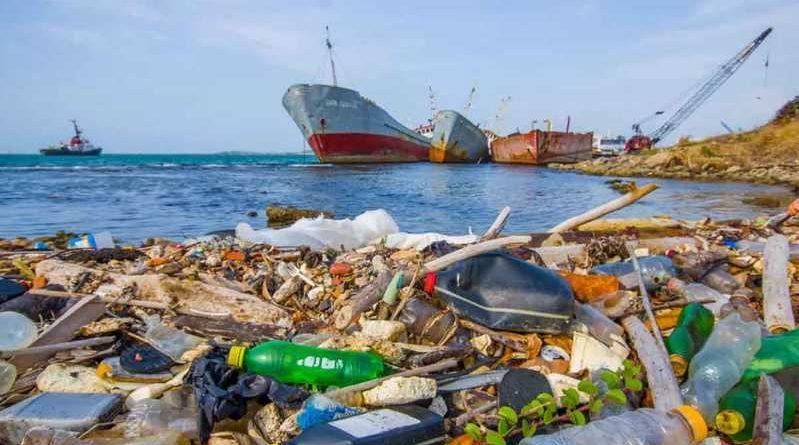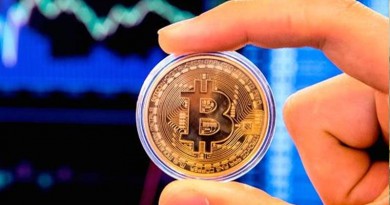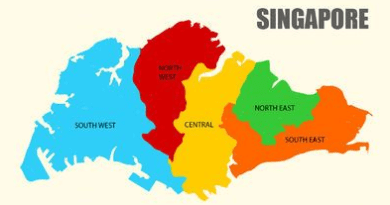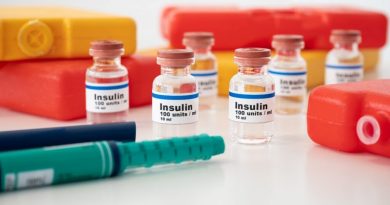Plastic has made it to the bottom of Fiji Island’s rivers. Our environment is breaking down – Andrew Paris
As a marine biologist in Fiji I am used to seeing plastics in our waterways. I’ve written of plastics in the sand, sea and surf, and researched the presence of plastics in fish. But my latest piece of research had me shocked.
I was part of a team that collected freshwater mussels or kai from the depths of Fiji’s five biggest rivers. Kai, which are an important food source for many communities, sit on the river bed and act as biological sieves that filter large volumes of water. What we found was alarming.
All of the kai collected from each of the five rivers had at least one piece of plastic in them. The overall average concentration was approximately six microplastics per kai. The general trend was, unsurprsingly, that kai sourced from larger rivers with bigger populations living on them had higher levels on plastics in them.
We are so used to hearing about plastic in our environment – at the bottom of the Mariana trench, in the bellies of turtles, in human blood and the placentas of our unborn children – that we can become blase about the news.
But Fiji, like many Pacific island countries, has been a place in which the people lived in harmony with the physical environment, where the rivers and forests and sea have provided everything we need to survive. Now, we are seeing how the way we live is directly hurting our environment, even the mussels on the river bed, and how that in turn could be devastating for us.
The main type of plastics were, unsurprisingly, from the types of plastics that we are immersed in. Nylon, ethylene-vinyl acetate (EVA), polypropylene, polyethylene terephthalate (PET), polyethylene, polyvinyl chloride (PVC) and polystyrene. Common polymers of single-use plastics: PET bottles, food wrappers and packaging, clothing and textiles to name a few.
Although plastic concentrations were less than those for studies conducted on similar species in Europe and Asia, the study indicates the high input of plastics into our river systems. These same plastics are being consumed by species on which we rely.
Kai is a vital commodity for communities that live along these river systems. Members of these communities starting to notice significant declines in the numbers and sizes of kai collected.
What we are seeing are the downstream effects of an influx of plastics into island economies.
The Pacific Islands are being swamped with plastic products and we lack the capacity to effectively deal with it all. We are fighting an uphill battle in the face of mounting plastic wastes.The plastic we use unthinkingly every day is killing our planet – and slowly but surely killing usRead more
Plastics are being produced thousands of miles away from where the impacts are being felt. Riverside communities, often in rural areas, have few options available to them when disposing of plastic waste. There are even fewer options when considering what products to buy. Plastic-free alternatives and recycling schemes are almost nonexistent.
What our research does not want to do is to discourage the consumption of kai and affect the livelihoods of those that depend on the kai. Soaking kai for an extended period could reduce the number of plastics contained within them and this is highly recommended. There are countless other sources of plastics which are getting into our bodies.
Since time immemorial, we Pacific Islanders have relied on our environment as a vending machine for everything we need and the only currency was a little hard work, ingenuity and respect. But this system is breaking down, we are witnessing the steady deterioration of our environment in a death by a thousand toxic cuts, including plastic pollution.
Plastic waste imports into Fiji remain unabated despite the challenges it faces in dealing with it in any meaningful way. Until the concerns of everyday Fijians are heard, the environmental injustices of plastic waste pollution will continue.




